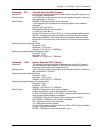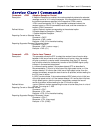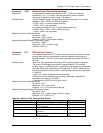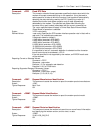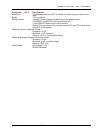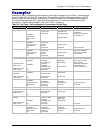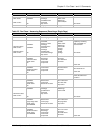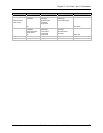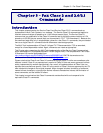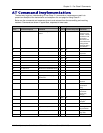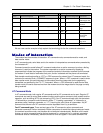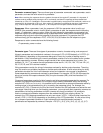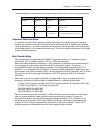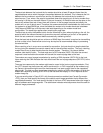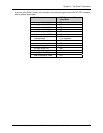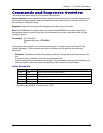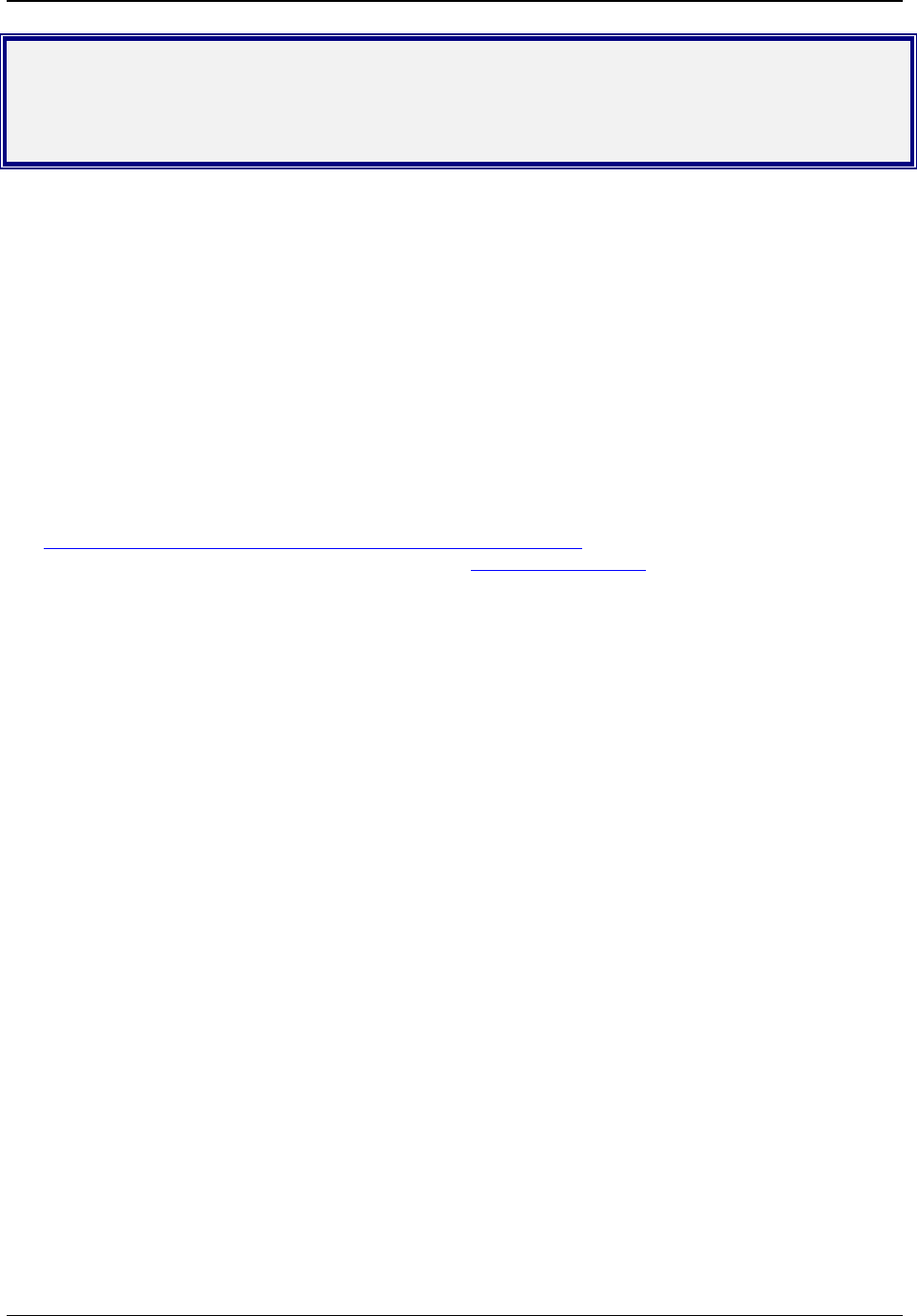
Chapter 3 – Fax Class 2 Commands
Multi-Tech Systems, Inc. SocketModem MT5634SMIxx Reference Guide (S000263C) 48
Chapter 3 – Fax Class 2 and 2.0/2.1
Commands
Introduction
This chapter summarizes the fax Service Class 2 and Service Class 2.0/2.1 command sets as
implemented in Multi-Tech Systems, Inc. modems. The Service Class 2.0 command set applies to
facsimile communications at speeds up to 14 400 bits per second (bps). The Service Class 2.1
command set is a modification of the Class 2.0 command set for facsimile communications at V.34
speeds up to 33 600 bits per second (bps), as documented in ITU-T T.32 Amendment 1. Because the
two command sets differ only in subparameter values for a few Class 2.1 commands, they are treated
here as a single Class 2.1 command set with differences noted as appropriate.
The Multi-Tech implementation of Class 2.1 follows ITU-T Recommendation T.32 as amended,
except for a few subparameter values. Again, differences are noted as appropriate.
This Chapter also summarizes the Multi-Tech implementation of the Service Class 2 command set,
which was based on EIA proposed standard TIA-592 (August 1990). The complete Multi-Tech Class
2 Developer’s Kit can be downloaded from
http://www.multitech.com/DOCUMENTS/manuals/82006502.pdf
. EIA/TIA documents can be
purchased from Global Engineering Documents at http://global.ihs.com/.
Please note that the Class 2 and Class 2.0 commands though similar in outline are sometimes quite
different in detail. Class 2 is a proposed early version of Class 2.0 that was never approved, but was
widely implemented by modem manufacturers. As a result, all implementations of Class 2 are non-
standard and manufacturer-specific. Class 2.0 is the version of Class 2 that was approved by the ITU
after substantial changes to the original proposal. Major changes include a shortening of command
names to three characters, a change from decimal values to hexadecimal values, the elimination of
some commands, and the addition of others.
This chapter is organized so that Class 2 commands are described with and compared to the
equivalent Class 2.1 commands.



